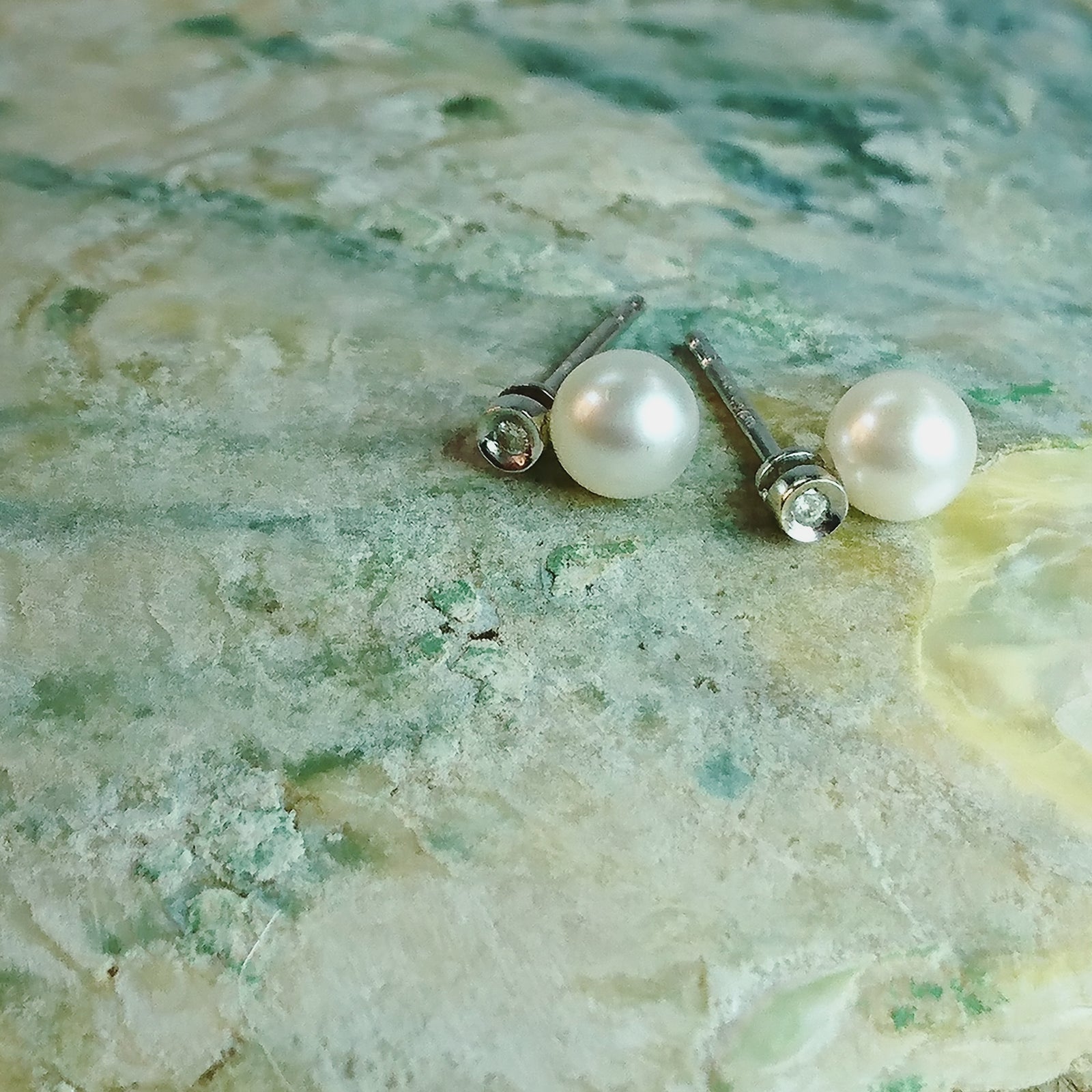
You have discovered what a pearlis and how a pearl is formed. Having skated past the difference between saltwater an freshwater pearls, we are now ready to tackle the BIG question, one that is put to me almost every week, "how do I know if a pearl is authentic, how can I tell if my pearls are real or imitation?"
Firstly, let’s clarify what we mean by real pearls. To most people this would mean a pearl which is made by a mollusc either wild or cultured, as a saltwater or freshwater pearl, as opposed to fake or imitation, which is man made. Strictly speaking, a real pearl is a pearl which is formed in nature and the only human involvement is to find it, hence a real pearl should be a natural pearl. But for the sake of simplicity in this Blog let’s talk about natural and cultured pearls vs. imitation or fake pearls or beads.

“My pearls are old, they were given to me by my grandmother … so they MUST be real!” – Think again!
The first ever imitation pearls were worn by Elizabeth I who wore wax filled Venetian glass beads with an iridescent finish. These were sewn onto her dress in the 1600’s . They were the first “pearl impostors” and at the time they cost 1 penny each.
The first fake pearl, as we know it today, was created in France by Mr Jacquin who concentrated fish slime from a Bleak and mixed it with varnish in the 17th Century. He called it “Essence of Orient”. This method is still used to this day to make man made fish slime covered plastic beads, the main producer of which is Majorica. The fish slime that is used today comes from salmon and herring.
There is another method to produce imitation or fake pearls: coating plastic beads with acrylic paint. A factor worth considering is that this coating will easily chip off.
Recently a new type of imitation pearl has entered the marketplace. They are deceptively called “semi-cultured pearls” or “shell pearls” both of which are misnomers. These new imitations are made with crushed mother of pearl mixed with resin, aka plastic. If they have overtones, these will be uniform throughout the strand.
Imitation “pearls” cannot enhance the beauty of the wearer nor attract the eye of the beholder in the same way that true pearls do, as the calcium carbonate crystal structure needed for a pearl to glow is not present. This also means that imitations have no play of light, reflection, refraction, colour or overtones.
Do not be deceived by imitation pearls; they might be expensively designed, packaged or even have individual certificates, but they have no lustre or inner glow. They shine on the surface and do little for their owner and, worse of all, imitation pearls are intrinsically worthless.
The best way to tell the difference is to rub one pearl against another: if it is imitation they will feel smooth, if they are authentic, either cultured pearls or natural pearls you will sense grittiness or traction, this is because you are picking up the microscopic level differences between the tiny calcium carbonate crystals called Aragonite which are held together by the glue like protein called conchiolin.



















